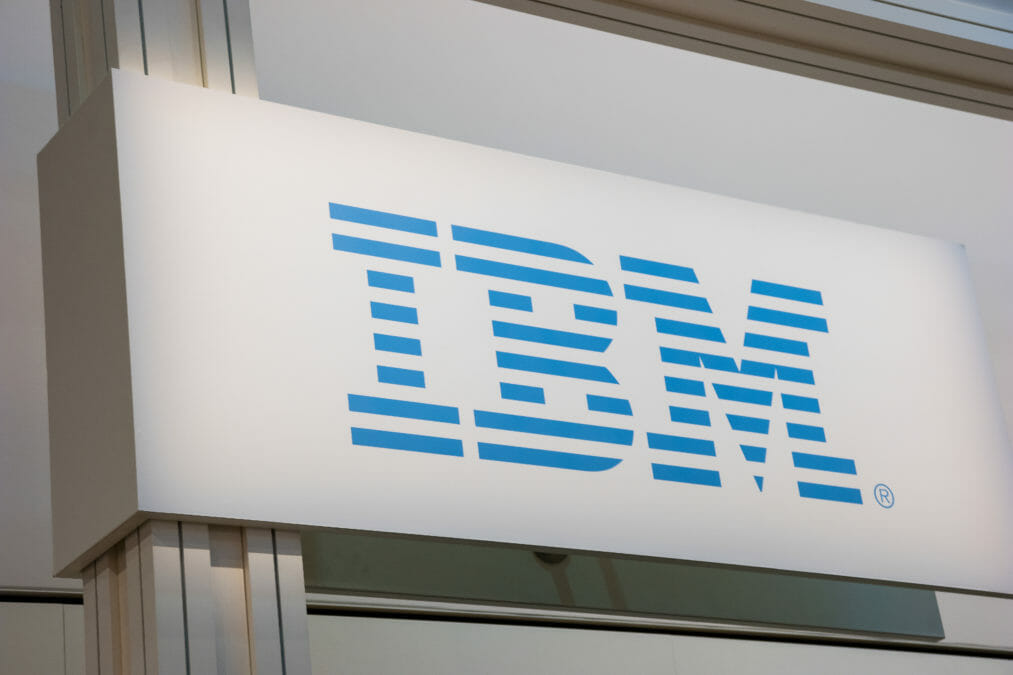Revenue for IBM in Q2 2020 is down from the $19.2 billion figure recorded in the same quarter last year, as is net income, down from $2.5 billion to $1.4 billion, as the company continues its recovery from Covid-19.
Its cloud computing business proved to be a highlight of the quarterly earnings, with sales in cloud and cognitive software rising by 3% year-on-year, led by a jump in cloud and data platforms revenue of almost 30% to $5.7 billion.
Cloud leading companies through Covid-19 crisis, says Aptum research
IBM’s global business services segment sales (including consulting and application management), meanwhile, fell by 7%, and sales in global technology services (including infrastructure and technology support services) fell by 8%.
However, Red Hat, IBM’s open source subsidiary, saw revenue increase by 18%, normalised for historical comparability.
“We are committed to building, with a growing ecosystem of partners, an enduring hybrid cloud platform that will serve as a powerful catalyst for innovation for our clients and the world,” said IBM CEO Arvind Krishna.
“Only 20% of the workloads have moved to the cloud. The other 80% are mission-critical workloads that are far more difficult to move.
“There is a massive opportunity in front of us to capture these workloads.”
Q2 2020 also saw IBM cancel its facial recognition programs in favour of more discussions with lawmakers in the US on whether the technology should be deployed by domestic law enforcement agencies.
Recovery from the pandemic
Bola Rotibi, research director, software development at CCS Insight, said that IBM’s focus on the enterprise has allowed for sufficient financial security from the Covid-19 pandemic.
“Like many of its competitors, IBM’s Q2 results reflect market dynamics heavily influenced by the pandemic,” said Rotibi. “Arvind and Jim (Kavanaugh) were able to put a positive spin on the numbers owing to the fact IBM’s customer base is enterprise heavy, a group that hasn’t felt as much of the pain from the pandemic as the mid-market and consumer sector.
“With a market footprint in 170 countries accounting for 70% of its revenue, it has meant that it has been slightly shielded as a result of being able to offset losses in countries where the pandemic is not under control with those countries where it is now under control with the workforce starting to return.
“Europe is doing better than, say, the US or Brazil. Crucially, it has 60% recurring revenue as an additional cushion.”
Cloud and open source
With IBM’s cloud and open source services prospering in Q2 2020, its position in the hybrid cloud space remains strong, according to Rotibi.
Tech and Covid-19: open source needed for acceptance and success of contact tracing apps
“Cloud, security services and analytics grew on the back of businesses realising that they need to digitally transform quickly if they are going to operate in the shadow of Covid,” she said. “However, it is a testament to IBM’s strategy to prioritise for hybrid cloud, data and AI, and the fact that it has a strong play with Red Hat’s OpenShift container platform running on any platform, and offering interoperability value proposition and the Red Hat Enterprise Linux and Ansible product line.
“Red Hat continues to strengthen IBM’s play in the hybrid cloud field. In fact, there were significant wins with large enterprise clients especially in the financial services and telecoms sectors, as these industries are seeing value in combined product and services play from IBM and Red Hat.
“The latter has got a product portfolio that is more than pulling its weight, with 2,400 customers on OpenShift. IBM keen to stress that both are bolstering each other and expanding in areas where neither had a strong play.
“Their joint capabilities, especially in services, is seeing wins both in an impressively strong line of financial services and telecom organisations, and a large ecosystem of partners that include the likes of Adobe, SAP, Salesforce, and Box.”










